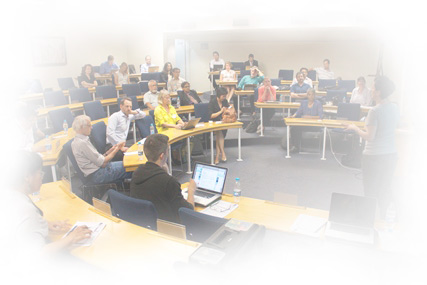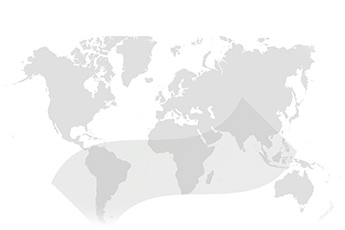Picture provided by hbieser, under a CC 0 licence.
In this blog post Batbold Zagdragchaa and Henry Trotter share the outcomes of a research project to investigate the factors influencing OER adoption in the Higher Education sector in Mongolia.
The arrival and deployment of open educational resources (OER) in Mongolia have a very particular history – one tied up with the radical changes that occurred after the country’s transition in the early 1990s from communism to a market economy, from Soviet patronage to international donor sponsorship, from Russian as a second language to English, from free to fee-based educational provision, and from state-controlled higher education to an increasingly massified, privatised sector. Since 2010, Mongolia has hosted a series of national forums, workshops and pilot projects on OER, typically driven by international funder organisations. The government has also initiated a National OER Program, with a focus on K-12 education. In addition, some valuable research has occurred on OER activity in the K-12 education sector. That said, OER activities remain nascent in the higher education sector, with low adoption rates relative to traditional teaching approaches.
This advance chapter publication, “Cultural–historical factors influencing OER adoption in Mongolia’s higher education sector” by Batbold Zagdragchaa and Henry Trotter, reflects the work undertaken in an exploratory research project investigating the strategies and practices of educators from six public and private higher education institutions in Mongolia in order to understand the role of OER in the educators’ work. Based on qualitative interviews with 14 higher education lecturers, open advocates and government policymakers, plus a quantitative survey with 42 educators in Mongolia’s higher education system, this research uses Cultural Historical Activity Theory (CHAT) as an analytical framework for understanding how cultural-historical factors shape OER activities in Mongolia’s higher education sector. By looking at how OER awareness, access, culture, policy, quality, practices, and perceptions of OER value and utility shape OER activity, it seeks to determine whether OER has the potential to move beyond a niche innovation advocated and funded by international donors to one that is broadly adopted, implemented, and disseminated by local educators.
As the first study on OER activity in Mongolia’s higher education system, this research has value and application for researchers and advocates pursuing an OER agenda, for policymakers seeking to understand how policy interventions might influence OER adoption in the national and institutional context, and for funding agencies aiming to boost educators’ OER engagement more broadly.
In addition to this chapter, which provides detailed findings and discussion around this research, Batbold has also provided a video summary of his reflections on the research project.





